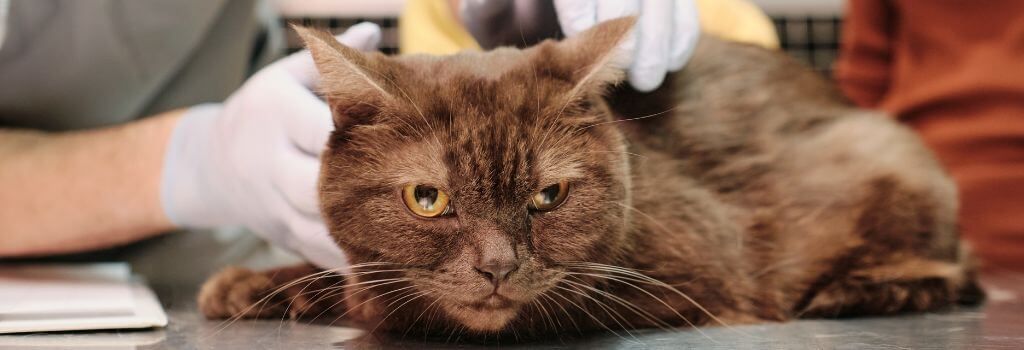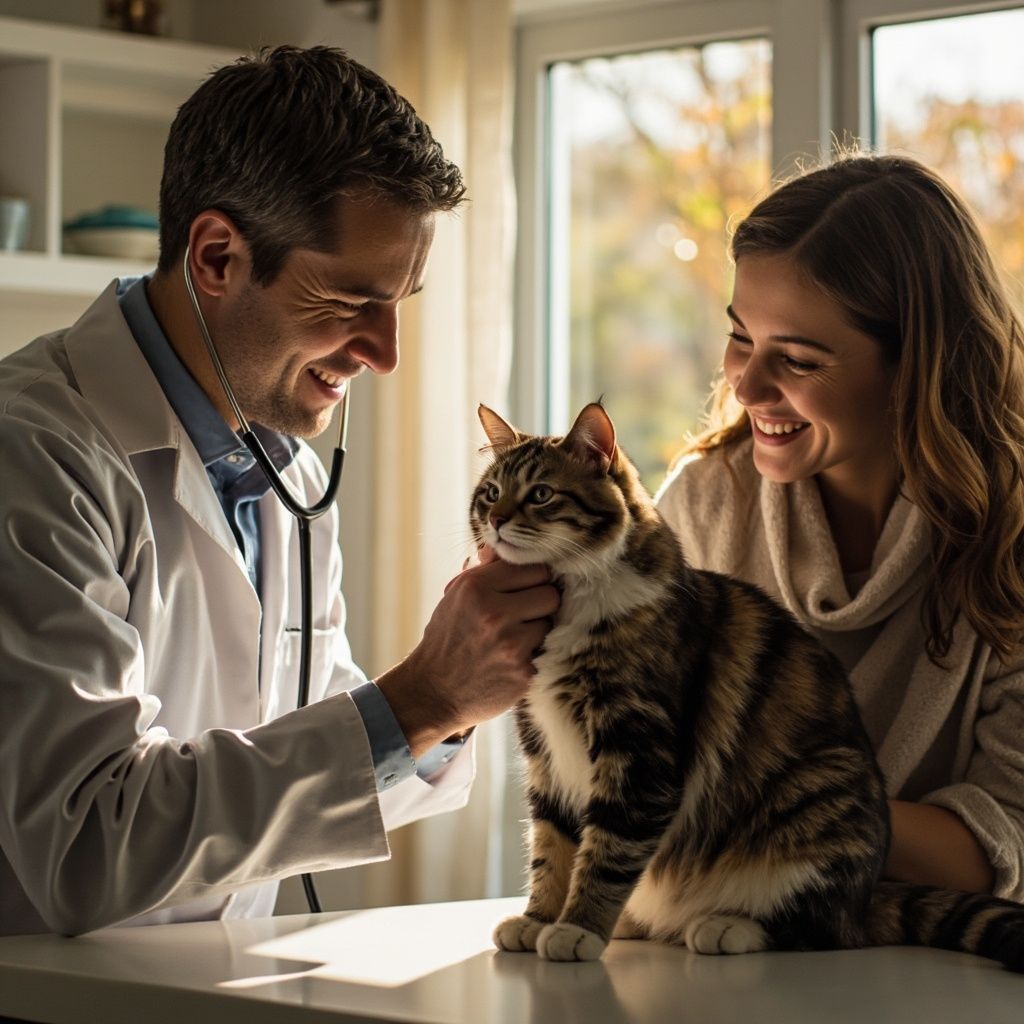A Traveling Pet Owner’s Guide to Dog Road Trip Essentials
I keep talking to people who are planning road trips this year to avoid air travel, and many are taking their dogs along for the ride. As someone who takes his dog everywhere with him, I love this idea! One of my favorite sayings is, “It’s not what you do for your dog, but what you do with your dog.”
So, with all the questions folks have been asking, I thought I’d share some of the advice I’ve been giving. In this guide, I’ll cover everything you need to know—from keeping your dog safe and comfortable in the car to finding pet-friendly accommodations and managing their health on the road.
Plan for Comfort and Safety
Anytime your dog is traveling in the car, safety should be a top priority. While there’s no definitive consensus on what products can make car rides safer for dogs , there are a few best practices that pet owners should follow to keep their dogs safe in the car, including:
- Don’t let your dog ride in the front seat or in the back of a pickup truck or open vehicle
- Keep your dog on a leash whenever entering or exiting the car
- Don’t leave your dog unattended in the car, even if it’s only for a few minutes
- Give your dog a designated spot in the car to minimize movement and help them feel less anxious
- Don’t let yourself or the driver get distracted by your dog. Treats, pets, and pictures can wait!
Despite what advertisements and pet gear companies may lead you to believe, there are currently no safety harnesses that are actually “safe.” While they will prevent your dog from flying around the car in an accident, these harnesses can damage the dog’s spine in the process. Pet hammocks that sling across the back seats are a great alternative and will minimize movement while also providing a comfortable place for your dog to sleep on the ride.
Microchip Your Dog
Even the calmest dog can get freaked out in new situations, which is why microchipping is recommended for all dogs , not just the ones who travel frequently. Collars and tags may fall off, but the microchip is there for life – meaning, if you run into any mishaps on your road trip where your dog manages to escape, there will always be a way for local veterinarians or rescues to help you be reunited. The database used to store the microchip numbers can hold many different contacts and is the best way to get your dog home if lost – especially if you’re out of town or in an unfamiliar area.

Find Pet-Friendly Hotels
If you’re taking more than a day trip, securing pet-friendly lodging ahead of time is an absolute must. You won’t get the nicest room at the inn, but many hotels have pet-friendly spaces set aside. In fact, an estimated 75% of hotels, including luxury, mid-scale, and economy hotels, allow pets , according to the American Hotel & Lodging Association.
Some of the boutique chains actually specialize in pet-friendly accommodations, equipped with features and amenities like dog bars in the lobby and pet beds in the rooms.
Make Sure Vaccines Are Up To Date And Take The Records
You may find yourself in a position of having to board your pet (or spring your pet from doggie jail after running off…), and you will need to show that vaccines are up to date, so it’s important to have all of your dog’s paperwork and vaccination records on hand. If you don’t normally board or groom your dog, your vet may not be giving the Kennel Cough (Bordetella) vaccine. So, make sure this is done before you hit the road.
In addition to the Bordetella vaccine, check that your dog is current on all core vaccines, including rabies, distemper, parvovirus, and any additional regional vaccines like leptospirosis or Lyme disease if you’re traveling to areas where these are common. Keeping a digital or physical copy of your dog’s vaccination records is essential — not only for boarding facilities but also for pet-friendly hotels, campgrounds, or even emergency veterinary visits that might require proof of vaccination. It’s always better to have these documents on hand and not need them than to be stuck without them!
It’s never a bad idea to schedule a quick wellness check with your veterinarian before your trip, especially if your dog has any ongoing health issues. During this check, you can discuss any travel-specific health concerns, update necessary vaccines, and make sure your dog is in top shape for the road.
Combat Motion Sickness
Many dogs can get motion sickness on long trips, and it can make the entire experience less fun for both you and your dog. Motion sickness in dogs can manifest as drooling, whining, restlessness, or even vomiting. While some dogs respond well to Dramamine, some may need something more. There is a prescription medication called maropitant that works better in these cases. You may want to grab a box for the trip.
Aside from medications like Dramamine, which can ease nausea, there are other strategies to try. For instance, avoid feeding your dog a large meal right before you hit the road; instead, feed them a smaller portion a few hours before departure to minimize the chance of an upset stomach.
You should also try to create a calm and comfortable environment in the car. Keep the temperature cool, and consider using a crate or harness to help your dog feel secure. Some dogs feel better when they can see out the window, while others are more comfortable in a covered crate, where they are shielded from the visual triggers that can cause nausea. Frequent stops for fresh air, water, and a little exercise can also make a big difference, allowing your dog a chance to relieve stress and stretch their legs.
Keep an Eye on the Temperature
I always remind people in the summertime that dogs don’t sweat and must decrease body temperature by panting cooler air through their airways. If the outside temperature exceeds their own, they will die from heat stroke. Simply cracking a window is not enough. An automatic starter will allow you to run your car with the AC for about 30 minutes without having to leave a key in the car and open you up to theft.
Temperature considerations will also need to be made for travel in the winter. In colder months, it’s crucial to remember that dogs, especially those with short coats or low body fat, can be just as vulnerable to cold as they are to heat. Prolonged exposure to cold air, particularly when temperatures dip below freezing, can lead to hypothermia or frostbite in sensitive areas like ears, paws, and tails. So, during winter road trips, plan ahead to avoid any situations where your dog is left alone in a cold car. If you need to leave your pet in the car, for example, while pumping gas, provide a warm, insulated pet blanket. Investing in a heated car seat cover designed for pets can also help keep your dog comfortable. Always plan stops thoughtfully to minimize any time your dog is left alone in the car, and whenever possible, bring them inside with you during extended breaks.
Don’t Be Afraid of Anti-anxiety Medication
Some people don’t discover that their dogs have certain phobias until they are in a new situation. Certain noises, smells, and locations can create stress that can make dogs bark, urinate, and generally freak out. In these cases, people may get booted from hotels or cut their trips short as a result. There are many fast-acting medications your vet can prescribe to have on hand for these potential situations.

Hit the Road With All of Your Essentials
Hitting the road and taking a road trip with your dog can be a fun and rewarding experience that allows you to explore new places, visit family and friends, and make memories together. By planning for safety, comfort, and health along the way, you’ll minimize any potential issues and keep your dog feeling happy and secure. Each dog is unique, so be sure to adjust the tips to meet your pet’s specific needs. With a bit of preparation and the right road trip essentials, you and your dog can enjoy a stress-free and exciting trip together, creating memories that will last a lifetime.
If you have questions and you'd like to reach out to us, you can call us directly at (859) 625-5678 , or you can email us at aacrichmond@yahoo.com. Don't forget to follow us on social media Facebook , Instagram.
Recent Posts










